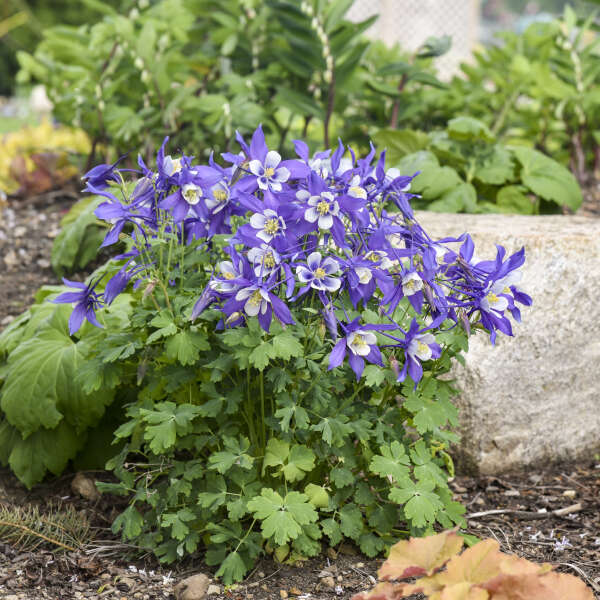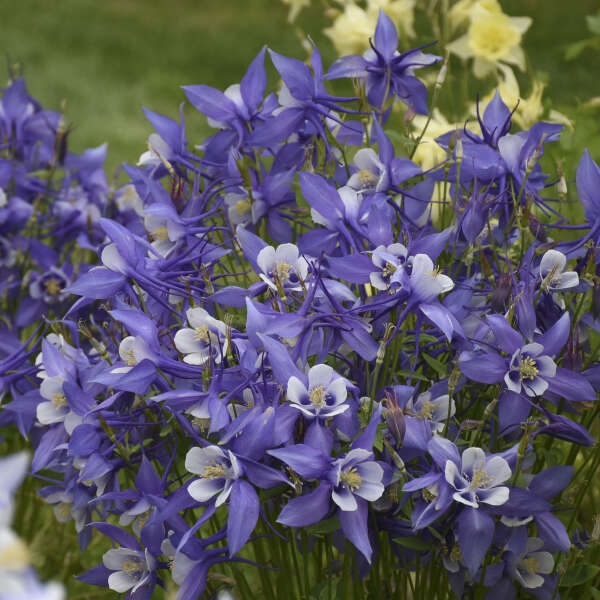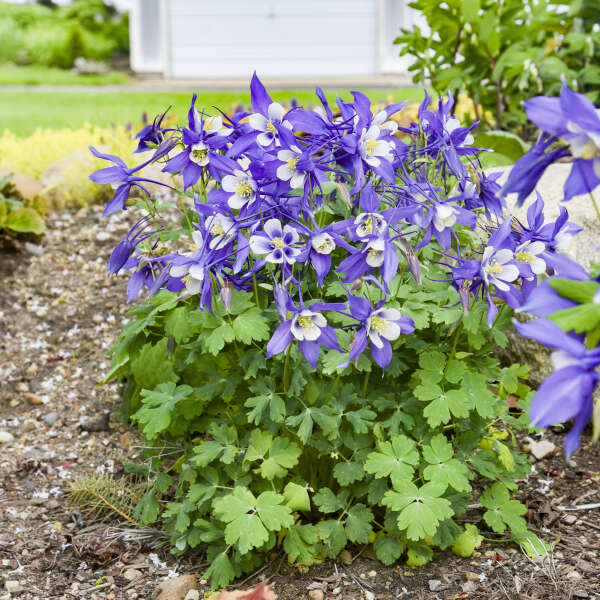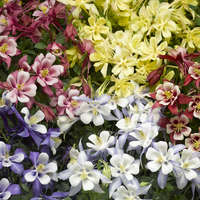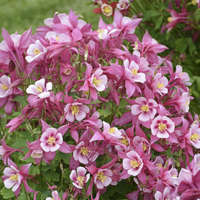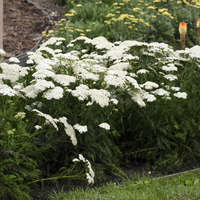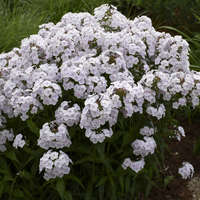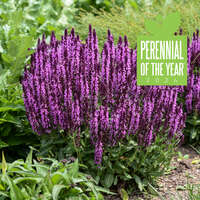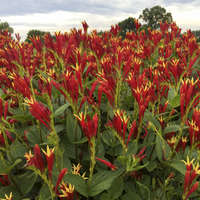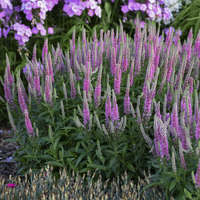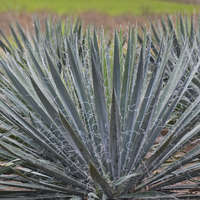Growing Temperature:
57-68° F
Holding Temperature:
45-55° F
Soil PH:
5.8-6.4
EC (What is EC?):
1.5-2.0 pour through method
Fertility:
A constant liquid feed of 50 ppm N is sufficient for healthy growth.
For Controlled Release or Slow Release Fertilizer, see your preferred supplier for recommended rates for incorporation or top dressing, as it varies by fertilizer.
Vernalization:
Provide 6-9 weeks of cold at temperatures below 40° F.
Pests & Diseases:
Aphids, columbine leafminers (Phytomyza), bumble bees (they eat corolla tubes), columbine skipper caterpiller (Erynnis), columbine borer (Papaipema), whiteflies (in greenhouse), spider mites, foliar nematodes, columbine sawfly, thrips.
Botrytis blight, Alternaria blight, impatiens necrotic spot virus, powdery mildew, leaf spots, crown rot and root rot, rust, cucumber mosaic virus, damping off, leaf and stem smut.
Potting & Timing:
Use a moist, well-drained media with good aeration and waterholding capacity.
Moisture:
Water thoroughly, allowing growing media to dry out between waterings.
Planting Level:
Place crown at soil level.
PGRs/Pinching:
Force plants under short days as this will keep the plants more compact.
Lighting:
Aquilegia are day neutral plants and will flower under any photoperiod. Prefers moderate light levels. During periods of low light, providing supplemental light will yield sturdier plants.
Other Comments:
Cool growing temperatures will result in heavier flowering.
